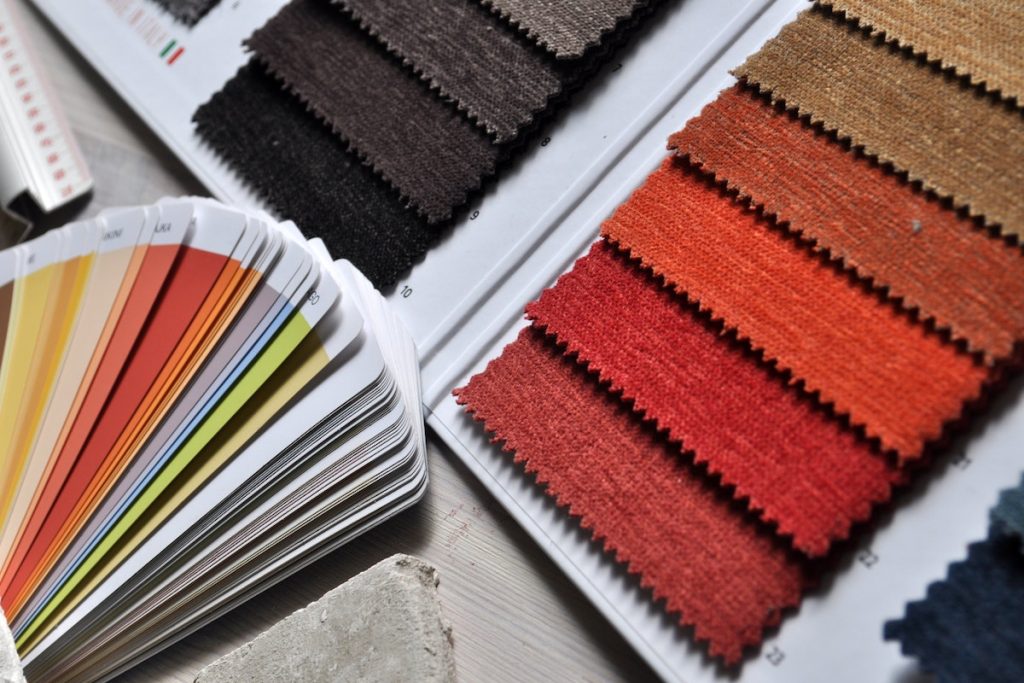- Establish quality control measures to ensure our products meet the standards of our customers and regulatory bodies.
- Always monitor the production processes to improve efficiency and prevent potential problems.
- Consider investing in technology that can automate processes, improve data analysis, and optimize energy consumption.
- Create a detailed plan for maintaining all machinery, equipment, and systems to ensure they remain in optimal condition.
Running a successful textile mill requires careful planning and efficient management. Keeping your production line running smoothly is essential for meeting customer demand, reducing costs, and improving profitability.
You can follow several best practices to ensure that your textile mill stays productive and profitable. With the right strategies in place, you’ll be able to maximize output while minimizing expenses – resulting in increased profits for your textile mill.
Implement Quality Control Measures
Implementing quality control measures is essential for running an efficient textile mill. Quality control helps ensure that your finished products meet the standards of regulatory bodies and customers. It can also help you reduce waste, improve cost-efficiency in production, and maximize customer satisfaction. Here are some tips on implementing quality control measures in your textile mill:
Monitor Production
Monitoring production is a critical part of maintaining efficiency in any textile mill. By watching processes, managers and supervisors can identify areas not operating at peak performance and make necessary adjustments to increase efficiency. This ensures that products are produced quickly, accurately, and with as little waste as possible.
Proper monitoring also helps identify potential issues before they become bigger problems, allowing for a proactive approach to production. In a competitive marketplace, efficient production is essential to remain profitable and continue to grow, making monitoring an important component of any successful textile manufacturing operation.

Invest in Technology
Investing in technology is critical to maintaining efficiency in the textile production industry. With technological advancements, textile mills can drastically reduce operational costs while increasing product quality and output.
Moreover, technology offers increased transparency, traceability, and regulatory compliance, guaranteeing that textile mills meet statutory and customer requirements. Investing in technology is beneficial for improving efficiency and quality and for future-proofing the business and keeping it competitive in the long run.
Textile mills should prioritize investing in technologies that can automate processes, improve material handling, enhance data analysis, and optimize energy consumption. By leveraging cutting-edge technology, textile mills can thrive in a rapidly changing industry while reducing their environmental footprint.
Automate Processes Where Possible
Automation has played a pivotal role in streamlining and optimizing processes in the textile manufacturing industry. Automating processes where possible has become necessary for keeping up with the stiff competition in the market, reducing errors, and improving the overall efficiency of the textile mill.
With the help of automation technologies, tasks such as inventory management, quality control, and scheduling can be performed with unmatched accuracy and speed. The benefits of automating processes extend beyond just improving efficiencies but also allow for quicker decision-making, reduced costs, and increased productivity. Automation is fundamental to maintaining a competitive edge in the textile manufacturing industry.
Use Real-Time Data to Track Performance
Real-time data is key to tracking performance and maintaining efficiency in any production facility, including textile mills. This type of data is collected and presented immediately as it occurs, making it an excellent tool for monitoring the performance of various operations. The importance of real-time data lies in its ability to provide a quick view of the performance of different mill segments.
It helps managers and employees to identify areas where improvements are needed and facilitates better decision-making. In a textile mill, real-time data can optimize production schedules for different machines, ensure uniform quality, and help maintain a safe and healthy work environment. Using real-time data can significantly improve a textile mill’s efficiency and productivity.
Develop a Comprehensive Maintenance Plan
Developing a comprehensive maintenance plan is crucial for the efficient functioning of any industry. This plan outlines all the maintenance tasks required to keep the machinery, equipment, and systems in optimal condition. Properly maintained machines and equipment tend to last longer and operate at peak performance, reducing the risk of breakdowns and downtime.
The plan should consider all aspects of maintenance, including routine inspections, preventive maintenance, and servicing schedules. A textile mill can ensure smooth and uninterrupted operation by having a comprehensive maintenance plan, reducing the risk of unnecessary downtime, lost productivity, and increased maintenance costs. Therefore, textile mill owners and operators must invest time and resources in developing a comprehensive maintenance plan to maintain efficiency in their facilities.

Work with Industry Experts
Working with industry experts is crucial to maintaining efficiency in a textile mill. The experts have the knowledge and experience required to ensure the smooth running of operations and can provide invaluable advice on optimizing the production process.
In particular, textile mill owners should consider working with reputable mill liner experts to ensure they invest in high-quality mill liners. These experts can guide the most suitable materials for specific tasks and advise on the correct installation procedures.
Additionally, there are other areas in which industry experts can provide support, such as maintenance, safety compliance, and training. By collaborating with professionals in these fields, textile mill owners can ensure their business remains efficient and profitable.
These are some of the best practices you can implement in your textile mill to ensure optimal efficiency and productivity. Following these tips can lower production costs, reduce waste, increase customer satisfaction, and make your business more profitable.




